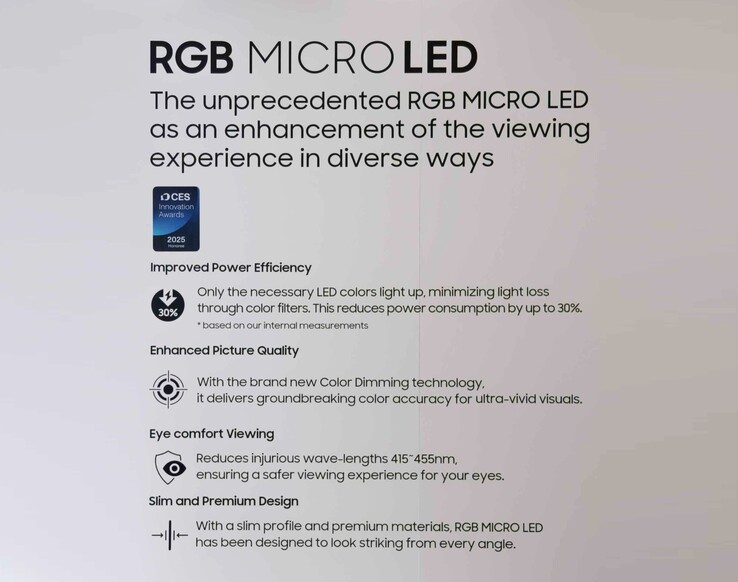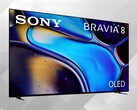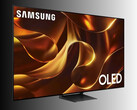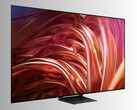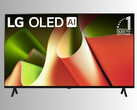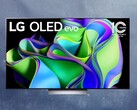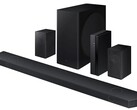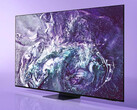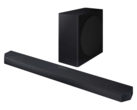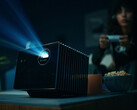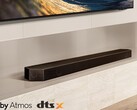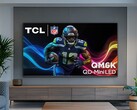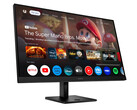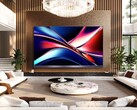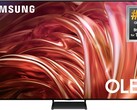Home theater enthusiasts who are in the market for a high-end television currently have to choose between OLED and LCD TVs with mini-LED backlights. Both technologies have their advantages and disadvantages: OLED panels offer perfect blacks without halo effects and faster response times, while mini-LED TVs sport a significantly higher peak HDR brightness. MicroLED TVs aims to combine the best of both worlds, as each subpixel consists of a tiny light-emitting diode.
MicroLED displays are already available but typically cost over $100,000, putting them financially out of reach for the vast majority of consumers. At CES 2025 in Las Vegas, Samsung has now unveiled an interesting compromise. Instead of using microLEDs as pixels, Samsung uses them as a backlight. This allows the South Korean company to drastically reduce the number of LEDs and dimming zones, yet enable more precise backlight adjustments compared to the mini-LED technology. While Samsung hasn't specified the exact number of LEDs or dimming zones, it's expected that instead of thousands of dimming zones on mini-LED televisions, tens of thousands or even hundreds of thousands will be available on the new Samsung microLED TV.
This approach should reduce blooming effects but also result in more vivid colors, since microLEDs can emit white, but also red, green, or blue light to match the content that is being displayed. The color of the backlight and the LCD panel itself, which acts as a color filter, can be aligned, which results in 30% less power consumption at the same level of brightness. Samsung’s prototype microLED TV supposedly covers 90% of the BT.2020 color space. While Samsung hasn't confirmed the price or release date of its RGB microLED smart TV, it's likely to be more expensive than Samsung's 8K Neo QLED TVs, which are currently available on Amazon starting at $2,898.
Source(s)
Samsung





